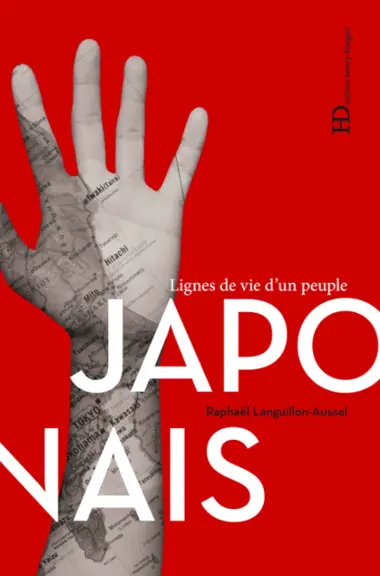The Japanese, by Raphael Languillon-Aussel
- Published on : 08/01/2019
- by : M.H.
- Youtube
Break the codes
The book The Japanese is part of an already well-stocked collection of some forty works devoted to the peoples of the entire world. " Lines of Life of a People " by Ateliers Henry Dougier seeks to break the clichés and paint a portrait of those who embody change in their society and who are open to the world.
It's not the Japanese you'll meet on any street corner who tell their story to the author Raphaël Languillon-Aussel. About twenty characters, sometimes on the margins of society or judged for their choices, break the codes.
The demographic issue of Japan is at the heart of the concerns of the people, especially the provincials who see their cities dying out. Finding one's place in a very codified society is also a recurring subject, among young people but not only!
To go further: Works to read and see before a trip to Japan
Life lines of a people
In this book, you will discover personalities far removed from the image that we often have of Japan and its people, for fascinating testimonies and a certain authenticity...
Each of the five chapters is set in a specific context so that the reader can explore various aspects of Japanese society without losing the thread:
- The myth of a homogeneous society
- Populate an archipelago of extremes
- An ambivalent relationship with the world, between openness and withdrawal
- Japanese culture and creativity, between traditions and innovations
- The uncertain future: the challenges of an aging nation
Diversity in a supposedly homogeneous people
Active and independent women, support causes close to their hearts.
Young people put down their suitcases in the capital to live their dreams and build their future there.
Older people who conversely move away from civilization to be quiet.
Provincials seeking to restore their lost attractiveness to their remote region.
Artists and craftsmen who wish to perpetuate traditions.
Passionate people looking to innovate, create and export their ideas.
So many poignant and fascinating testimonies that allow us to better understand the complexity of Japan, its history, its society, and its people.
Official website of the book - Publisher's website










